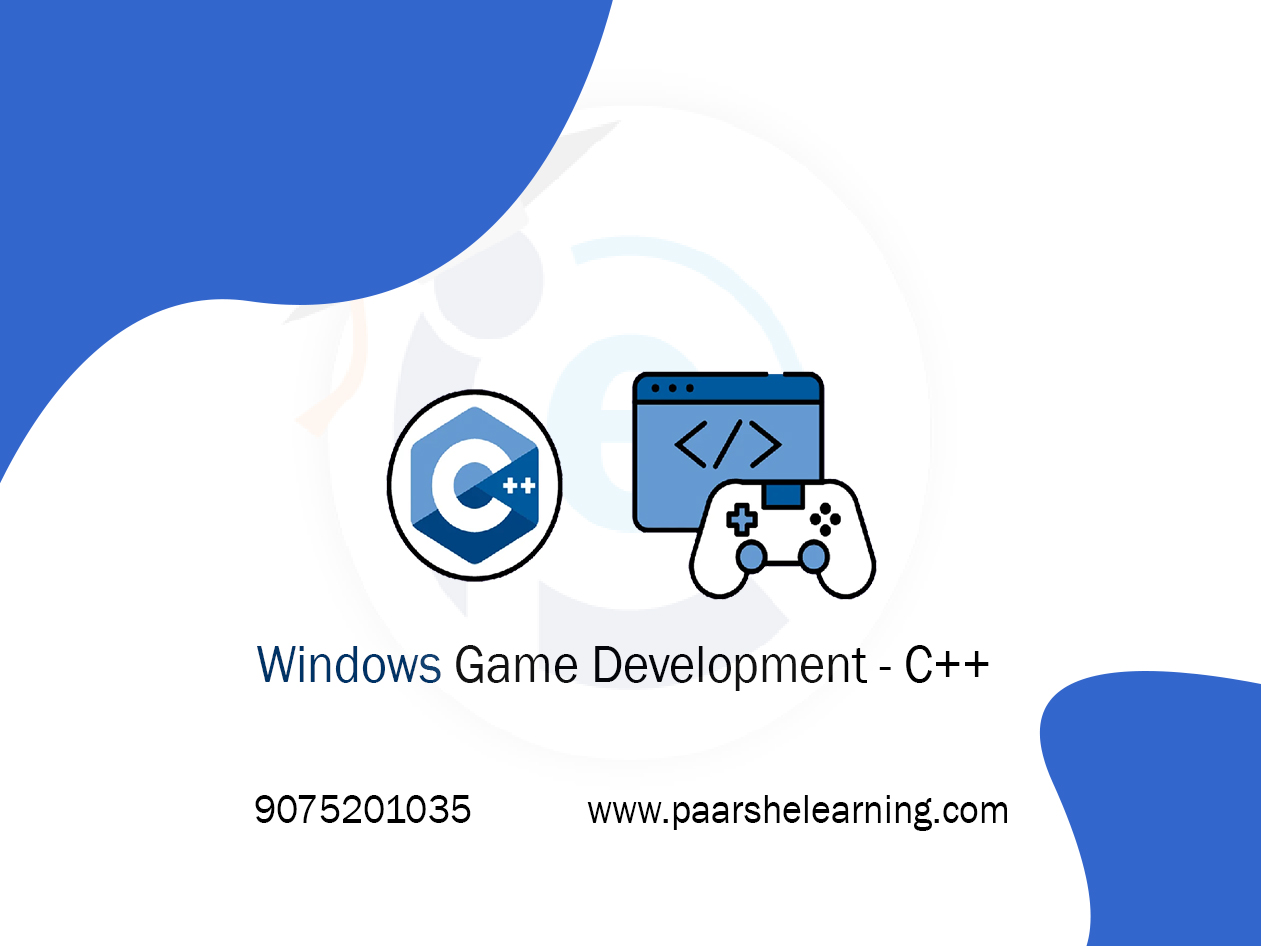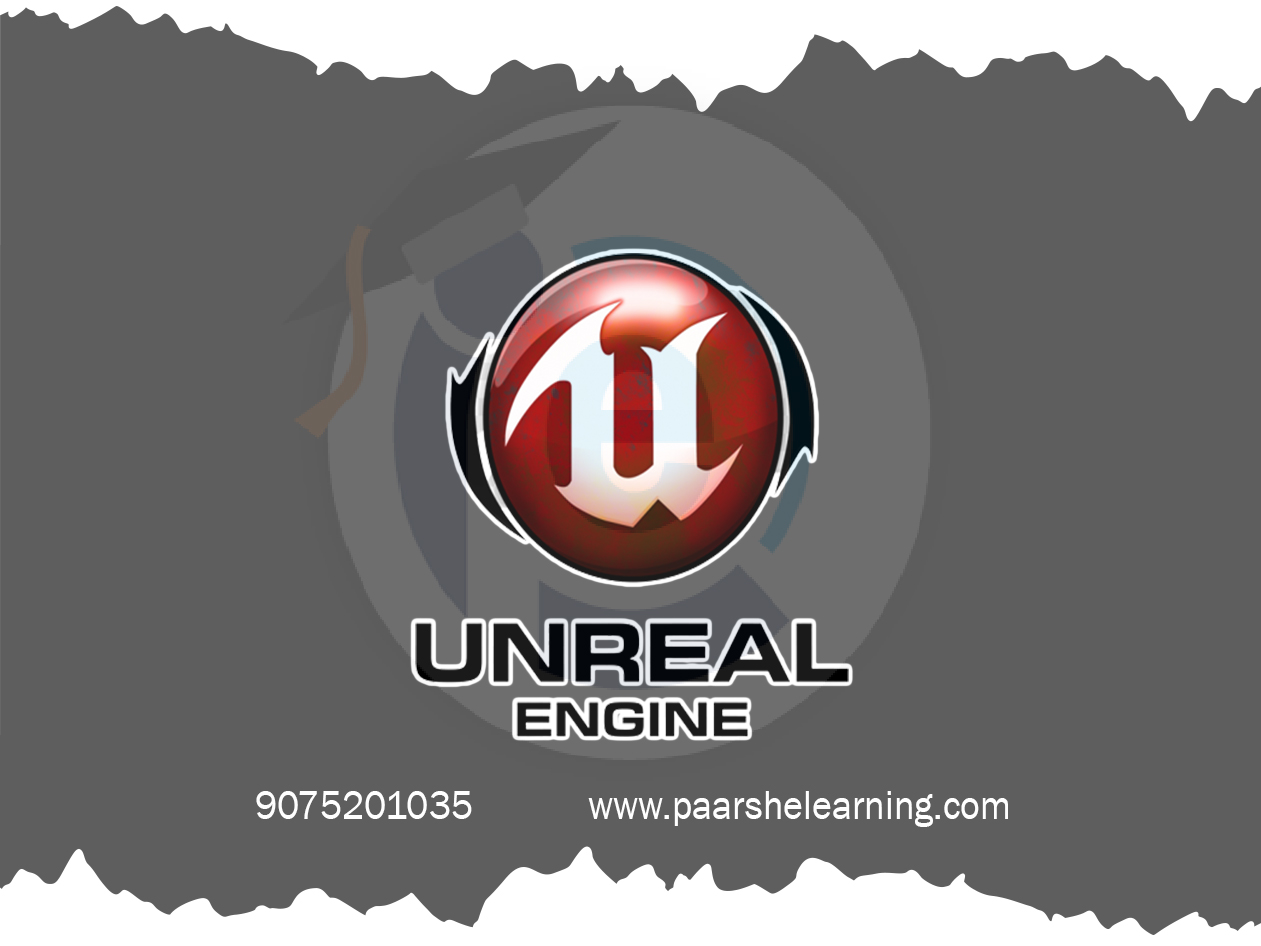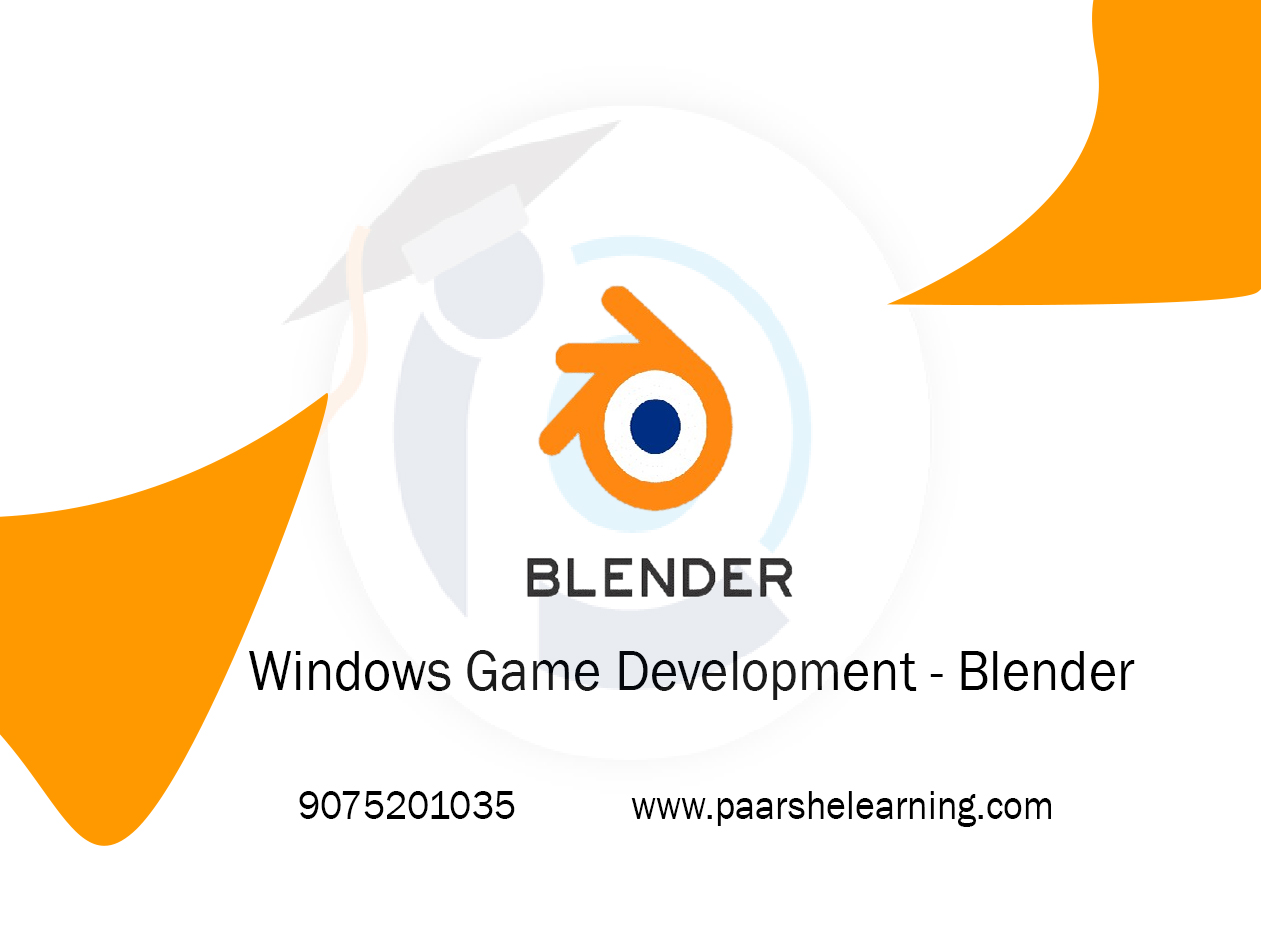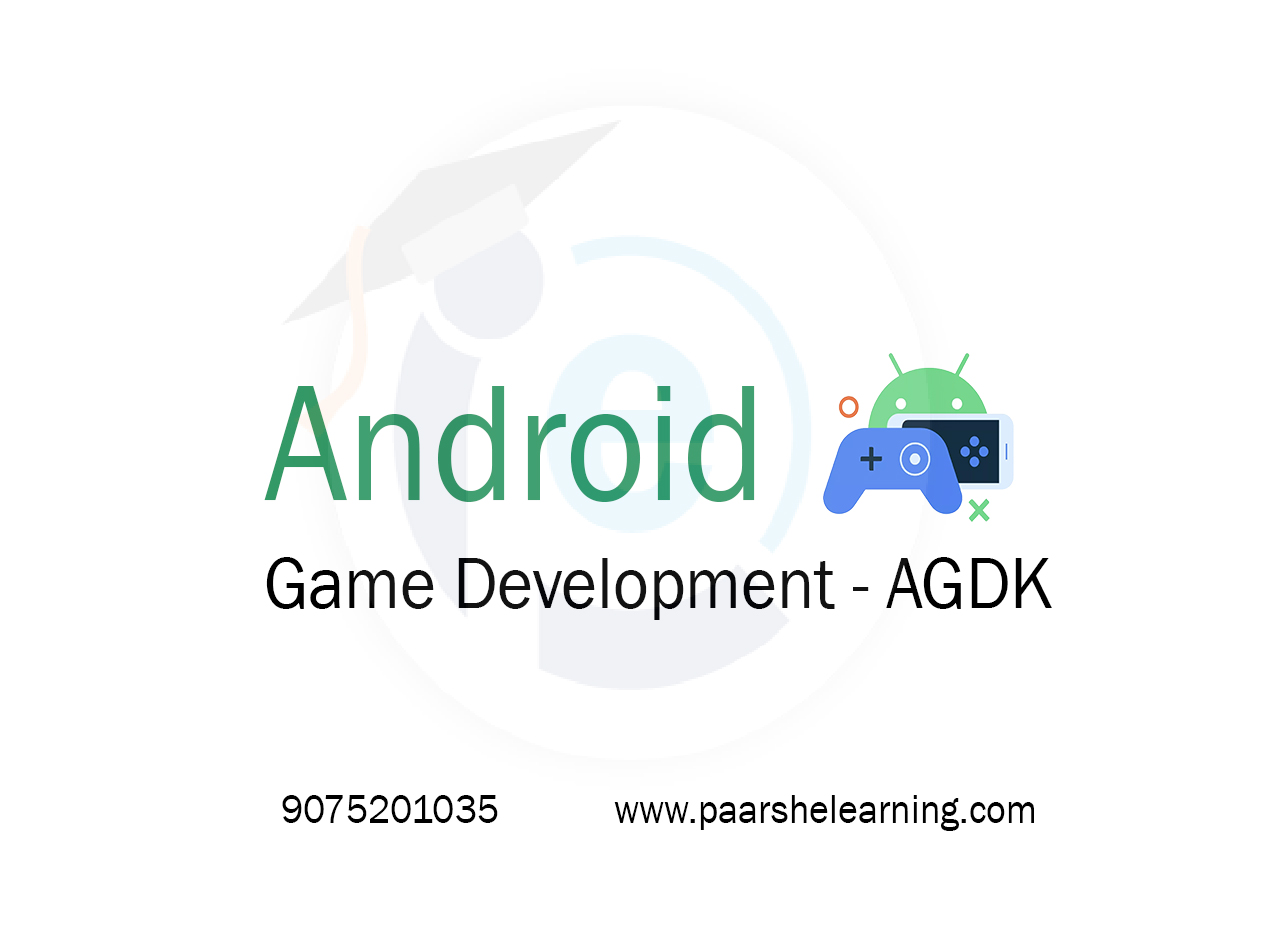- Introduction to game development: The course starts with an overview of game development, game engines, and the tools used in game development.
- C++ programming: The course covers the basics of C++ programming language such as data types, control structures, functions, arrays, pointers, and classes.
- DirectX: The course covers the DirectX API used for creating games for Windows. The topics include Direct3D for 3D graphics rendering, Direct2D for 2D graphics rendering, DirectSound for audio processing, and DirectInput for handling user input.
- Game development with DirectX: The course covers how to use DirectX to create games for Windows. Topics include game loop, graphics rendering, input handling, and audio processing.
- Game physics: The course covers the basic concepts of game physics such as collision detection, rigid body dynamics, and particle systems.
- Game AI: The course covers the basic concepts of game AI such as finite state machines, behavior trees, and pathfinding algorithms.
- Multiplayer game development: The course covers the basics of multiplayer game development such as client-server architecture, networking, and synchronization.
- Overall, the course provides a comprehensive overview of game development using C++ for Windows, covering all the major aspects of game development.
Windows Game Development - C++
Course description
The Windows Game Development using C++ course is designed to teach students how to create games using the C++ programming language and the Microsoft DirectX framework on the Windows platform. The course covers various topics such as game engines, game design patterns, game asset creation, game physics, artificial intelligence, networking, and multiplayer game development.
Throughout the course, students will learn how to use Microsoft Visual Studio as an integrated development environment (IDE) to create game projects, how to work with game engines such as Unreal Engine and Unity, and how to use libraries such as SDL and Box2D. Additionally, the course covers how to implement gameplay mechanics, game mechanics, and user interfaces, as well as how to optimize game performance and create cross-platform games.
By the end of the course, students will have gained a solid understanding of the C++ programming language, the Microsoft DirectX framework, and the game development process, and will be able to create their own Windows games using C++.
What you will learn from this course?
This course includes!
- Daily Live session
- A recorded session with problem-solving material
- Access on Mobile and TV
- Certificate of completion
- Recommendation Letter
- 100% Job Placement
- Free lifetime access
This course is for
- As this is an advanced course in game development, it is recommended for individuals who have a strong background in programming and have some experience with game development. It is suitable for game developers who are interested in learning how to develop games specifically for the Windows platform using C++.
- Anyone who wishes to program video games in Unreal Engine but does not yet know how to code in C++.
- Beginners with no programming experience, or programmers who wish to brush up on the basics of C++.
- Those who want to become video game programmers and gain a solid understanding of C++.
Prerequisites for this course
- The prerequisites for the Windows Game Development using C++ course may include:
- Basic knowledge of C++ programming language and object-oriented programming concepts.
- Familiarity with game development concepts and terminology.
- Understanding of math concepts like vectors, matrices, and trigonometry.
- Experience with any game engine or framework would be helpful but not mandatory.
Windows Game Development - C++ Syllabus
-
Introduction To Windows Game Development And C++
Understanding the role of C++ in game development Overview of different types of games: 2D, 3D Setting up the development environment with Visual Studio Creating a basic "Hello World" game using C++
-
Basics Of Game Design And Development
Introduction to game design principles Understanding game loops and the game development process Building basic game mechanics and interactions Implementing game logic and player controls
-
Graphics And Rendering
Working with graphics libraries and APIs Creating and rendering game assets: sprites, textures Implementing 2D graphics and animations Using DirectX or OpenGL for rendering
-
User Input And User Interfaces
Handling user input using keyboard, mouse, and game controllers Implementing intuitive and responsive user controls Creating game menus, HUD, and UI elements Designing user interfaces for immersive gameplay
-
Physics And Collision Detection
Simulating physics-based interactions in games Implementing collision detection and response Creating realistic movement and animations Using physics engines like Box2D or Bullet
-
Audio And Sound Effects
Integrating audio elements into games Implementing background music and sound effects Enhancing gameplay experience with audio Using libraries like FMOD or OpenAL for audio
-
Networking And Multiplayer
Introduction to networked gameplay Implementing multiplayer features using sockets Creating server-client architecture for multiplayer games Syncing game states and handling latency
-
Advanced Topics And Final Projects
Implementing advanced graphics techniques: shaders, lighting Exploring AI and game behavior programming Optimizing game performance and memory management Working on individual or group final game projects
-
Paarsh E-Learning encourages hands-on practice and projects throughout the course to reinforce students' understanding of Windows game development using C++. Assigning practical assignments and projects will help students apply what they've learned. Make sure to cover both the theoretical foundations and practical implementation of Windows game development.





